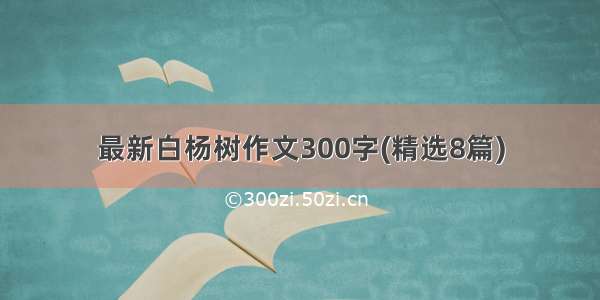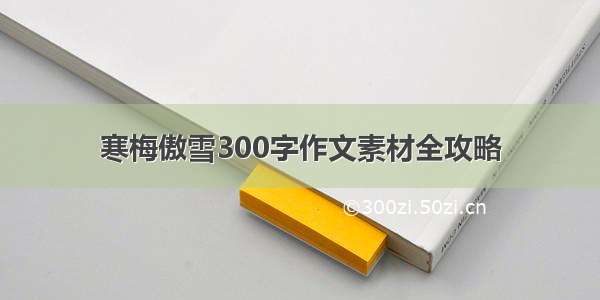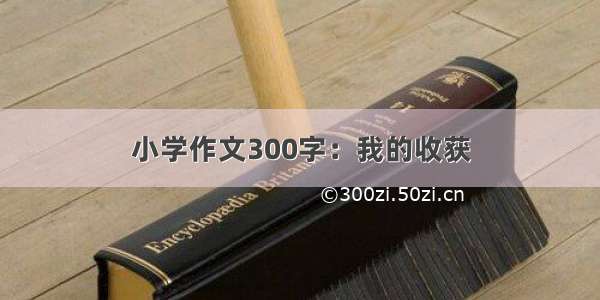
微信小程序获取关联微信公众号文章列表
首先应在公众号里面点击“小程序管理”,关联上对应的小程序,输入小程序AppID绑定,到此绑定算是完成
接下来就是要得到AppID和AppSecret,这个在小程序管理中即可查看
下一步就是获取access_token,这个案例用的是Java所写
代码如下:
private String getWxAppToken() throws MalformedURLException, IOException, ProtocolException {grant_type=client_credential&appid=APPID&secret=APPSECRETString path = " https://api./cgi-bin/token?grant_type=client_credential";String appid = "*********"; //公众号的开发者ID(AppID)String secret = "********"; //公众号的开发者密码(AppSecret)URL url = new URL(path+"&appid=" + appid + "&secret=" + secret);HttpURLConnection connection = (HttpURLConnection) url.openConnection(); connection.setRequestMethod("GET");connection.connect();InputStream in = connection.getInputStream();byte[] b = new byte[100];int len = -1;StringBuffer sb = new StringBuffer();while((len = in.read(b)) != -1) {sb.append(new String(b,0,len));}in.close();return sb.toString();}
获取到token后,用token为凭证拉取文章列表
/**** @param* @return* @throws IOException*/@ResponseBody@RequestMapping(value = "/getContentList",method = RequestMethod.GET)private String getContentList(String offset) throws IOException {String result1 = getWxAppToken();String content = null;System.out.println("==offset====="+offset); //这边是相当于自己查询分页 目前值为0,也可以是1-N,根据文章篇幅定义,这里场景是分页效果Map<String,Object> token1 = (Map<String, Object>) JSON.parseObject(result1);//String result2 = getContentList(token1.get("access_token").toString());String path = " https://api./cgi-bin/material/batchget_material?access_token=" + token1.get("access_token").toString();URL url = new URL(path);HttpURLConnection connection = (HttpURLConnection) url.openConnection();connection.setRequestMethod("POST");connection.setDoOutput(true);connection.setRequestProperty("content-type", "application/json");connection.connect();// post发送的参数Map<String, Object> map = new HashMap<>();map.put("type", "news"); // news表示图文类型的素材,具体看API文档map.put("offset", Integer.valueOf(offset));map.put("count", 1); //count为有多少个模块篇幅,这边是一个是4篇文章// 将map转换成json字符串String paramBody = JSON.toJSONString(map);OutputStream out = connection.getOutputStream();BufferedWriter bw = new BufferedWriter(new OutputStreamWriter(out));bw.write(paramBody); // 向流中写入参数字符串bw.flush();InputStream in = connection.getInputStream();byte[] b = new byte[100];int len = -1;StringBuffer sb = new StringBuffer();while((len = in.read(b)) != -1) {sb.append(new String(b,0,len));}in.close();JSONObject json = JSONObject.parseObject(sb.toString());//以上是已经获取到文章列表,下面是视业务场景进行json操作,如不需要则直接返回sb.toString()。//取出json中的itemString item=json.getString("item");//item为数组json类型,这时需要转换成JSONArray JSONArray jsonArray = JSONObject.parseArray(item);int size = jsonArray.size();for (int i = 0; i < size; i++){JSONObject jsonObject = jsonArray.getJSONObject(i);content = jsonObject.getString("content");}//content为文章模块JSONObject jsonObject = JSON.parseObject(content);//取出文章列表信息并转成jsonString news = jsonObject.getString("news_item");JSONArray jsonArray1 = JSONObject.parseArray(news);List<JsonEntity> arrayList = new ArrayList<JsonEntity>();//循环数组jsonfor (int i = 0; i < jsonArray1.size(); i++){JSONObject jsonObject1 = jsonArray1.getJSONObject(i);JsonEntity jsonEntity = new JsonEntity();jsonEntity.setTitle(jsonObject1.getString("title"));jsonEntity.setThumb_url(jsonObject1.getString("thumb_url"));jsonEntity.setUrl(jsonObject1.getString("url"));arrayList.add(jsonEntity);}return JSON.toJSONString(arrayList);}
在此也为补强自己的json操作,哈哈哈哈
package com.example.demo.json;import java.util.Map;import com.alibaba.fastjson.JSON;import com.alibaba.fastjson.JSONArray;import com.alibaba.fastjson.JSONObject;import com.alibaba.fastjson.TypeReference;import com.mon.Person;public class JsonLib {//json字符串-简单对象型private static final String JSON_OBJ_STR = "{\"studentName\":\"lily\",\"studentAge\":12}";//json字符串-数组类型private static final String JSON_ARRAY_STR = "[{\"studentName\":\"lily\",\"studentAge\":12},{\"studentName\":\"lucy\",\"studentAge\":15}]";//复杂格式json字符串private static final String COMPLEX_JSON_STR = "{\"teacherName\":\"crystall\",\"teacherAge\":27,\"course\":{\"courseName\":\"english\",\"code\":1270},\"students\":[{\"studentName\":\"lily\",\"studentAge\":12},{\"studentName\":\"lucy\",\"studentAge\":15}]}";@SuppressWarnings("unchecked")public static void main(String[] args) {//demoJson();//testJSONStrToJSONObject();//json字符串转化对象//testJSONStrToJSONArray();//json数组转化json对象testComplexJSONStrToJSONObject();//json对象嵌套json对象}/*** 复杂json格式字符串与JSONObject之间的转换*/public static void testComplexJSONStrToJSONObject(){System.out.println(COMPLEX_JSON_STR);JSONObject jsonObject = JSON.parseObject(COMPLEX_JSON_STR);//JSONObject jsonObject1 = JSONObject.parseObject(COMPLEX_JSON_STR);//因为JSONObject继承了JSON,所以这样也是可以的System.out.println(jsonObject);String teacherName = jsonObject.getString("teacherName");Integer teacherAge = jsonObject.getInteger("teacherAge");JSONObject course = jsonObject.getJSONObject("course");JSONArray students = jsonObject.getJSONArray("students");System.out.println(teacherName+"------"+teacherAge+"===json对象===="+course+"----json数组----"+students);JSONArray jsonArray = JSON.parseArray(students.toString());System.out.println(jsonArray);}/*** json字符串-数组类型与JSONArray之间的转换*/public static void testJSONStrToJSONArray(){JSONArray jsonArray = JSON.parseArray(JSON_ARRAY_STR);//JSONArray jsonArray1 = JSONArray.parseArray(JSON_ARRAY_STR);//因为JSONArray继承了JSON,所以这样也是可以的//遍历方式1int size = jsonArray.size();for (int i = 0; i < size; i++){JSONObject jsonObject = jsonArray.getJSONObject(i);System.out.println(jsonObject.getString("studentName")+":"+jsonObject.getInteger("studentAge"));}//遍历方式2for (Object obj : jsonArray) {JSONObject jsonObject = (JSONObject) obj;System.out.println(jsonObject.getString("studentName")+":"+jsonObject.getInteger("studentAge"));}}/*** json字符串-简单对象型与JSONObject之间的转换*/public static void testJSONStrToJSONObject(){JSONObject jsonObject = JSON.parseObject(JSON_OBJ_STR);//JSONObject jsonObject1 = JSONObject.parseObject(JSON_OBJ_STR); //因为JSONObject继承了JSON,所以这样也是可以的System.out.println(jsonObject.getString("studentName")+":"+jsonObject.getInteger("studentAge"));}public static void demoJson() {/*** 将 Json 形式的字符串转换为 Map*/String str = "{\"name\":\"Tom\",\"age\":90}";JSONObject jsonObject = JSONObject.parseObject(str);Map<String, String> params = JSONObject.parseObject(jsonObject.toString(), new TypeReference<Map<String, String>>(){});System.out.println(params);/*** 将 Json 形式的字符串转换为 JavaBean*/str = "{\"id\":\"A001\",\"name\":\"Jack\"}";jsonObject = JSONObject.parseObject(str);System.out.println(jsonObject);Person person = JSON.parseObject(str, new TypeReference<Person>() {});System.out.println(person.toString());}}
如有更好的方式及有可以优化的地方,可以留言讨论学习鸭
















